5 Iconic Designers and Their Furniture Milestones: Aalto, Gray, Le Corbusier, Van der Rohe & Panton
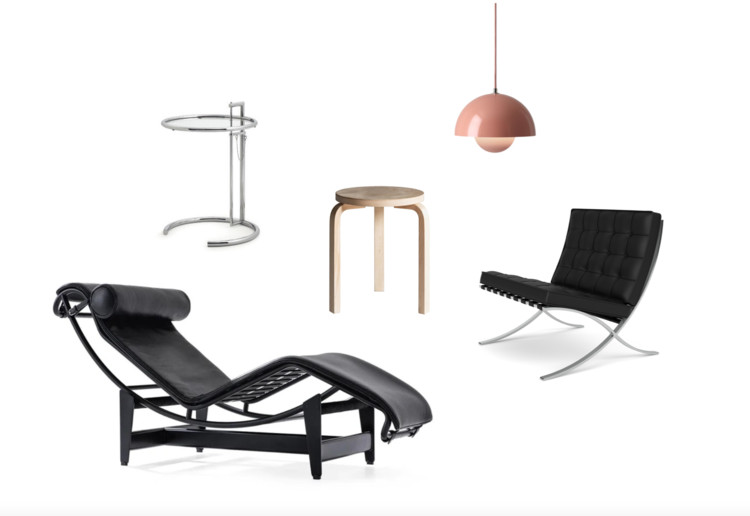
The 20th century is almost certainly the most important period when it comes to interior design icons. The list of protagonists who have contributed to making this era of design such a great one is certainly too long to truly do justice to all of them and their classic furniture designs. For this reason, here we present just a small selection of architects and designers such as Eileen Gray, Le Corbusier and Verner Panton, who have written design history over the past century, and which still continue to make an impression to this day. Our journey includes extraordinary talents from all corners of the world: A look back at the furniture world of yesterday, which was then of tomorrow, and today still shines as brightly and timelessly as ever.
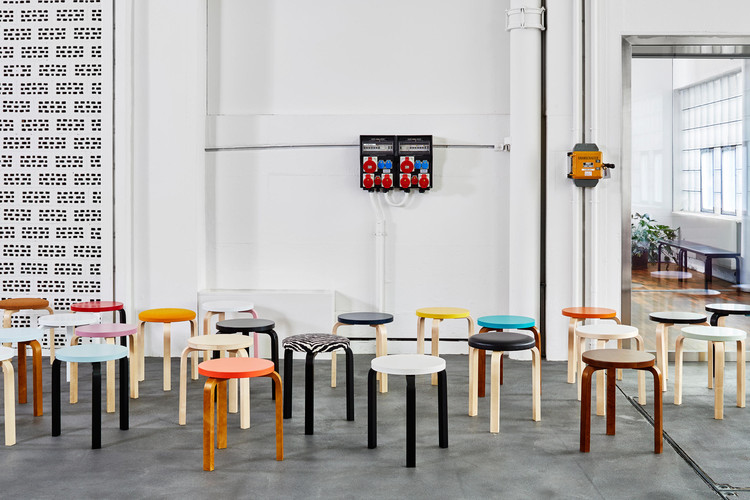
Alvar Aalto
Our story begins with furniture design from the last century and an icon of Scandinavian minimalism, Finnish architect and designer Alvar Aalto (1898-1976). His designs not only influenced his country of origin, Finland, but are also synonymous with Scandinavian modernism, Nordic aesthetics and architectural purism. For his Paimio Chair, developed in 1931 and one of Aalto’s greatest furniture classics, he was inspired by Marcel Breuer‘s Wassily Chair. The chair, with a seat-back shell made from a single curved piece of wood, was part of the design for the Paimio Tuberculosis Sanatorium (1929-33).
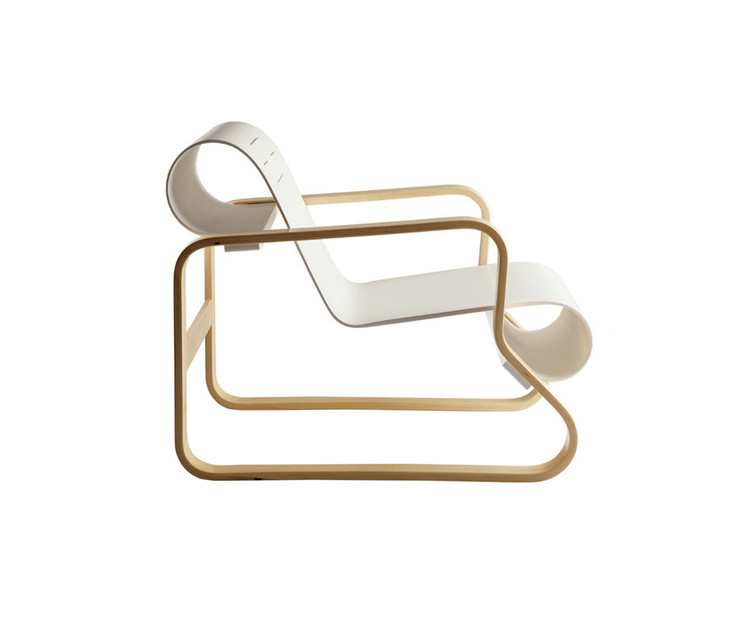
In 1933, the design of the world-famous Stool 60 followed, which is produced by Artek today, just like the Paimio Chair. Despite – or thanks to – its purism and simplicity, it is an undoubted classic and available in countless versions today. And this is also where one of Aalto’s great inventions came into being, the L-leg: a birch wood strut bent into an L-shape which is screwed directly, making complicated wooden connections superfluous. With this new bending technique, which he used for the Stool 60, Aalto achieved a masterpiece that changed the design of wooden furniture. His entire oeuvre ranges from room plans to designs for individual buildings and furnishings.
He also worked with his wife Aino Marsio-Aalto on interior design and furniture. With his innovative use of natural materials, organic forms, curved lines and human-centered design, he has helped to shape the basic features of modern Nordic design. However, Aalto did not only make his mark with his Finnish birch wood furniture or public buildings. Probably his most famous object is the wave-shaped Savoy vase which was designed for Iittala and presented for the first time at the World’s Fair in Paris in 1937 – and the Finnish brand still today continues to launch new colour variations.
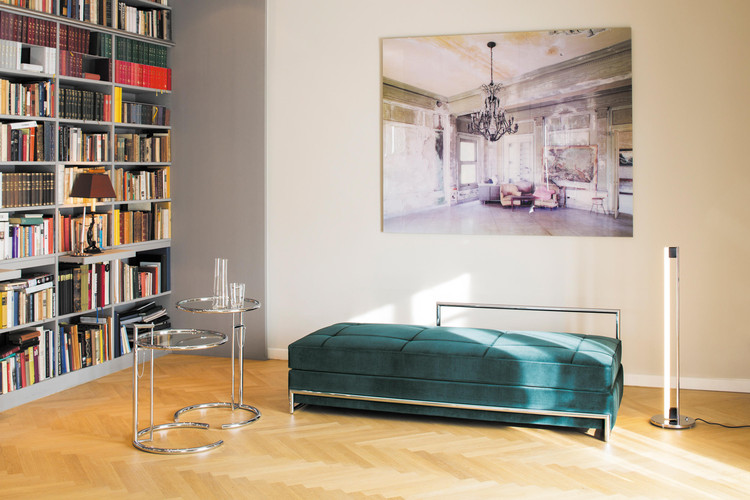
Eileen Gray
Eileen Gray (1878-1976), born into an Irish-Scottish aristocratic family, is undoubtedly one of the most important designers of the last century. After her studies – she was one of the first women to study at the London Slade Academy in 1898 because of her good background – she went to Paris, where she ran the Jean Désert Gallery and sold her furniture, as well as designing interiors.
After her acquaintance with the Romanian architect and architecture critic Jean Badovici, with whom she had a romantic as well as professional relationship until 1931, Gray focused on architecture: in 1924, she built the House E 1027 with him and for him in the French Rocquebrune on the Côte d’Azur. The design also included the furniture of the modern cliff house – and it was here that she created her most famous designs, such as the Adjustable Table and the Bibendum Chair. She was inspired by Breuer’s tubular steel experiments at the Bauhaus in Dessau, but made the material look more elegant. The side table, which she supposedly designed with her breakfast-in-bed-loving sister in mind, is one of the most copied designs ever and is now marketed under licence by ClassiCon.
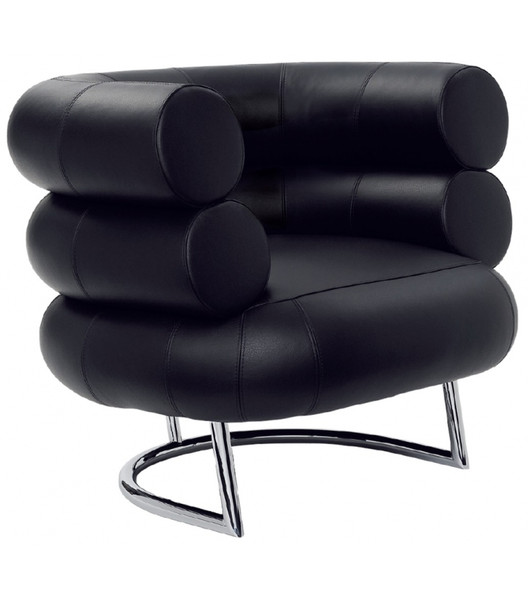
It is also remarkable that Gray significantly changed course during her career. After making a name for herself in Paris in the 1920s as the best address for lacquer furniture, she made the transition from recognised and respected furniture designer to architect at the age of 40, encouraged by Badovici. And with the House E 1027, she achieved a truly pioneering achievement in modernist architecture.
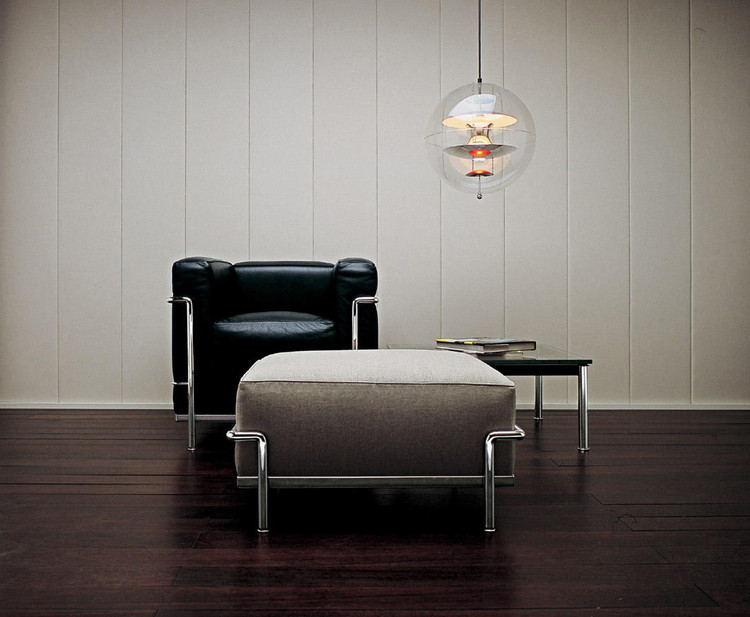
Le Corbusier
Even as a child I admired the LC1 Chair – I thought it was really great! Not because I knew a lot about design and Le Corbusier back then, but rather because it was such a treat for me and my brother to crank the backrest – non-stop. And I have to say – not without a little pride, – that the chair is not only a masterpiece in terms of aesthetics and comfort, it has survived to this day, and still looks great almost thirty years after the abuse it suffered at our childhood hands – and the backrest still swivels, too.
But Charles-Édouard Le Corbusier (1887-1965) is not only known for his visionary furniture designs. He also devoted his early professional years to architecture, where his groundbreaking ideas sometimes met with criticism, but also revealed designs that would ultimately shape architecture from then on. His reinforced concrete skeleton system ‘Dom-Ino’, developed in 1914, made fine floor plans that dispensed with load-bearing walls on individual storeys possible. The Weisenhaussiedling in Stuttgart, Germany, which he co-developed in the 1920s, is probably the best-known architectural housing estate that took serial living to the next level. Towards the end of the decade in 1928, he presented the LC4 recliner, which is produced today by Cassina, as are most of his seating designs. Incidentally, the first pieces in the LC series were created together with his cousin Pierre Jeanneret and with Charlotte Perriand.
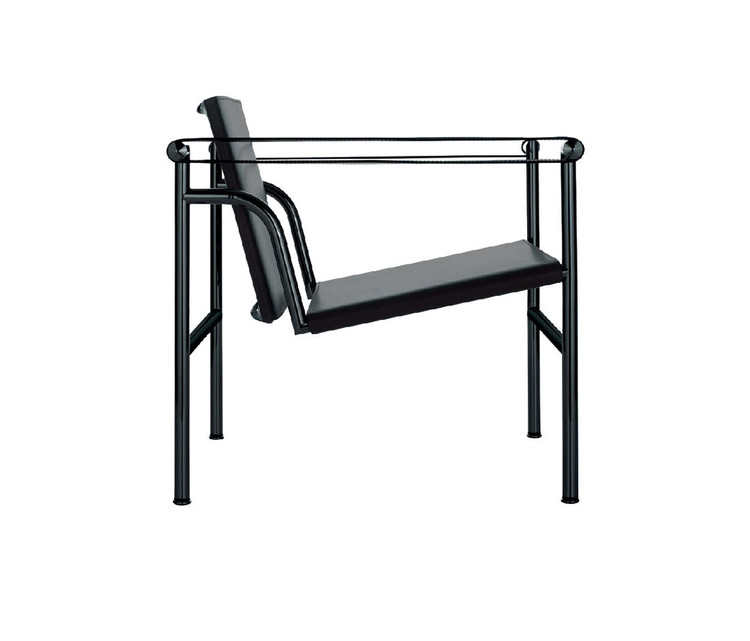
Other of his very cubic furniture designs, mainly club chairs and sofas, are all coordinated and compatible with each other, and they show once more the serial thought that lay behind so many of Le Corbusier’s designs. In 1931, he produced his very own colour keyboard, the Polychromie architecturale, with 43 shades. 28 years later, in 1959, he added 20 more colours. To this day, it is frequently used by a wide variety of brands for their products and design concepts. And with the Modulor he developed – a proportion system based on the golden section – he laid a foundation for proportion and design theory, which still today makes up a part of the fundamental studies of every architecture student.
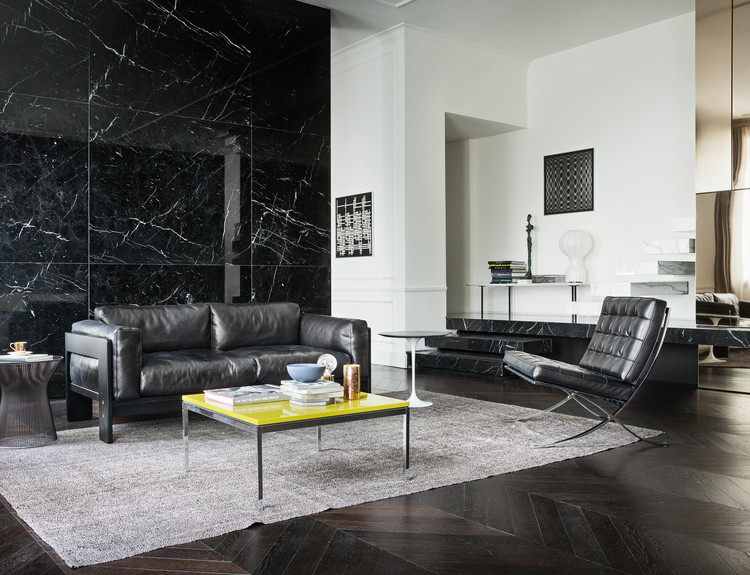
Mies van der Rohe
The outstanding German avant-garde architect and designer of modernism Ludwig Mies van der Rohe (1886-1969) was not only the third but also the last director at the Bauhaus from 1930. Of all the great architects of modernism, he is perhaps not the best known, but most people are familiar with the Villa Tugendhaft and the Barcelona Pavilion – his most famous architectural works. Nietzsche was also known to have been a regular reader of his works.
What many are not aware of is that after his first years of professional experience in the field of architecture and acquaintance with Walter Gropius and Le Corbusier, as well as his involvement in the construction management of the German Embassy in St. Petersburg, he was called up for service after the outbreak of the Firt World War. Following the war, he added his mother’s surname, van der Rohe, to his surname Mies. In the years that followed, he became involved in avant-garde architecture, co-edited the magazine ‘G’ and co-founded the Ring, a collective of avant-garde architects.
In 1925 he was appointed artistic director of the Deutscher Werkbund, and two years later he was responsible for the artistic planning and execution of the Weissenhofsiedlung in Stuttgart on the occasion of the Werkbund exhibition ‘The Dwelling’, with which the architects propagated the ‘New Building’. With the Barcelona Chair, designed for the German pavilion at the World Exhibition in Barcelona in 1929, Mies van der Rohe created a modernist furniture icon that is at least as popular today as it was then for enhancing lounge, waiting and other interior areas. It was created in collaboration with his partner of many years, the architect and designer Lilly Reich – whose contribution, however, was only acknowledged much later. In the design, they were inspired by ancient stools and neoclassical seating furniture and reinterpreted the curves and shapes with leather and chrome. In 1938, before the outbreak of the Second World War, he moved to the USA where he lived from then on. He was appointed head of the architecture department at the Illinois Institute of Technology in Chicago a year later and found success as an architect from the end of the 1940s. His last building was the German National Gallery in Berlin.
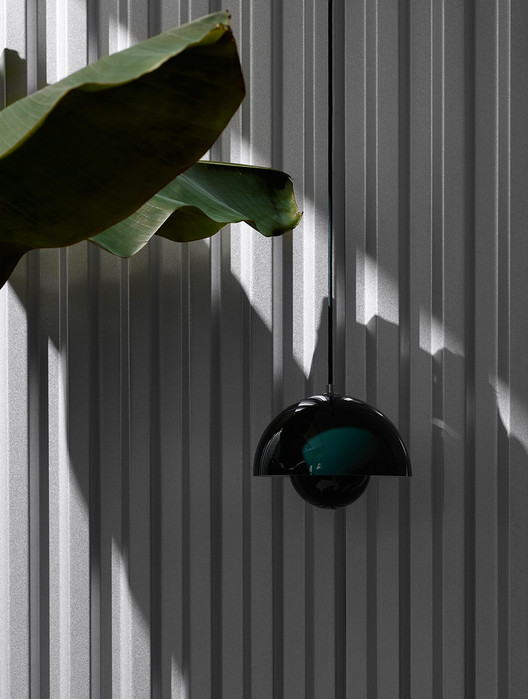
Verner Panton
Panton is considered one of the most influential Danish furniture designers and interior architects of the last century and has left a lasting mark on the world of furniture design. His eponymous Panton Chair from 1959 is an icon that almost transcends the furniture sector and certainly one of the most famous of all chairs. His two most important teachers were Arne Jacobsen and Poul Henningsen. In the course of his career, Verner Panton (1926-1998) created innovative designs and futuristic designs from a variety of materials – in particular, products were realised in plastic and in bright, exotic colours.
Even today, there is always a ‘new supply’. In recent years, for example, numerous new and old designs have been launched by &tradition, which integrate seamlessly into the diverse modern mix and match style – perhaps precisely because they are style icons, but at the same time can be produced using the most modern manufacturing methods. His Flowerpot series from 1968, now produced by &tradition, lends a young, fresh, nostalgic flair to the space it inhibits, thanks to strong intense colours and its simple yet iconic shape – two facing semicircular spheres in different sizes.
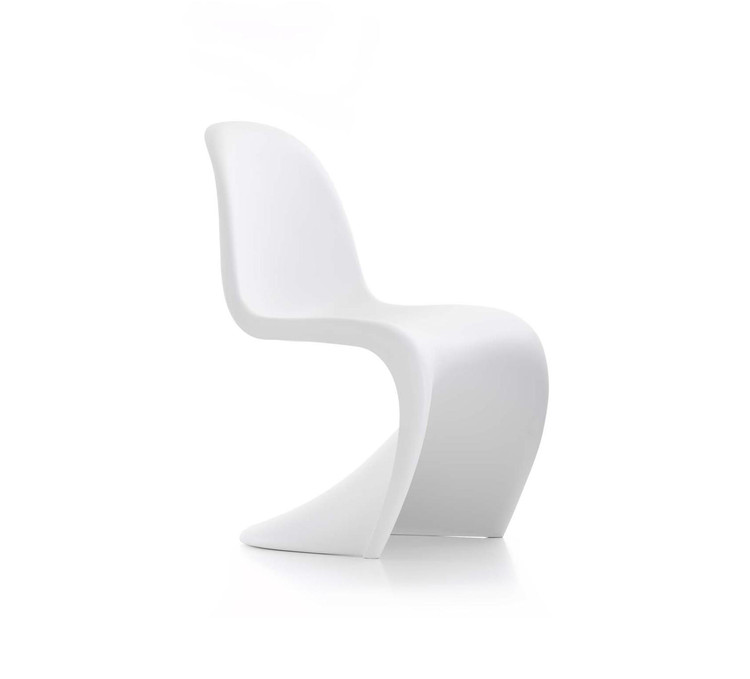
His iconic colourful designs and patterns, which are sold as rugs under the Verpan brand, among others, were used by Dries van Noten in his Spring/Summer 2019 collection and adapted for numerous designs. The Danish designer immortalised his special feeling for colour, function and form in the book ‘Verner Panton: Notes on Colour’, published in 1991, from which the following quote is taken: The choice of colour should not be left to chance. You should consciously choose a colour. Colours have a meaning and a function.’
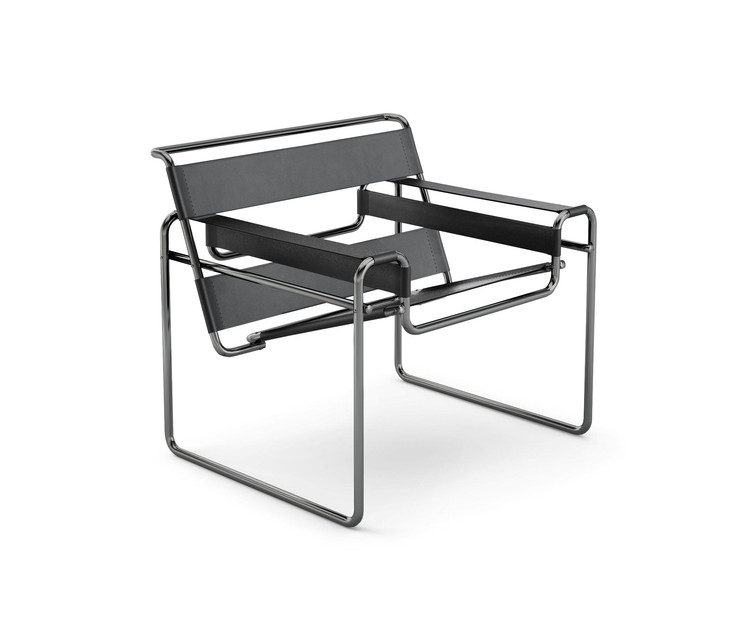
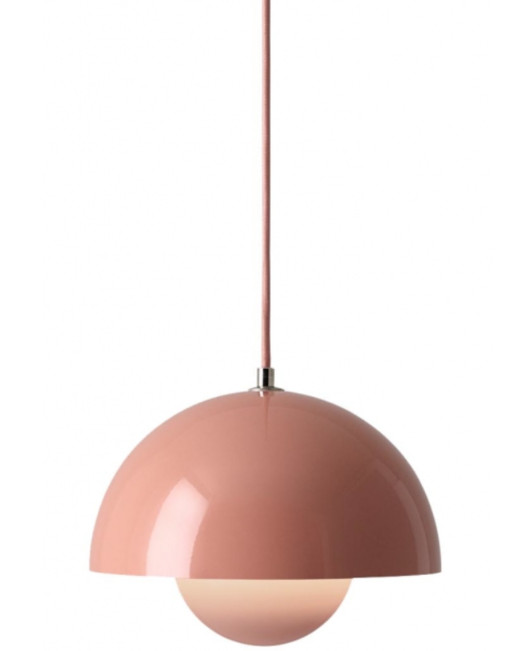
Check more details of these and other furniture pieces in the Architonic catalog.
